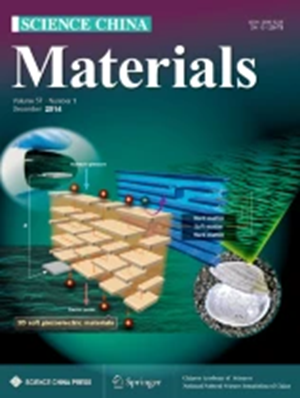Anomalously ultra-strong anti-Stokes photoluminescence in submicrometer-thick van der Waals layered semiconductor PbI2
Abstract
Anti-Stokes photoluminescence (ASPL) in low-dimensional van der Waals (vdW) layered materials is becoming increasingly attractive for its potential in advanced applications such as optical cooling, sub-energy band detection and optoelectronic devices. While transition metal dichalcogenides (TMDCs), among the most studied vdW semiconductors for ASPL, exhibit a direct bandgap exclusively in their monolayer form. This characteristic results in a short light-matter interaction distance and thus low ASPL emission efficiency, which seriously impedes the advancement of ASPL in vdW layered materials. In contrast, transition metal halide lead iodide (PbI2), a vdW semiconductor with a direct bandgap in a wide range of thicknesses (⩾3 layers) superior to TMDCs, has shown promise for ASPL. However, the reported ASPL emission efficiency of PbI2 is notably low. Moreover, scant research has focused on the rich ASPL emission states in PbI2, particularly concerning the assignment of these emission states. Here, through a designed thickness selection, we observed more detailed ASPL emissions in submicrometer-thick PbI2 at room temperature, in addition to a series of previously unreported ASPL emission peaks that emerge at low temperatures. Importantly, the low-temperature ASPL of PbI2 exhibits an approximate 1000-fold enhancement compared to that observed at room temperature. This significant enhancement is attributed to the transition from phonon-assisted one-photon absorption to two-step photon absorption induced by resonance absorption effect, as well as substantially reduced nonradiative decays at low temperatures. Our findings enhance the comprehensive understanding of ASPL in PbI2, holding great significance for the development of ASPL applications.

 求助内容:
求助内容: 应助结果提醒方式:
应助结果提醒方式:


